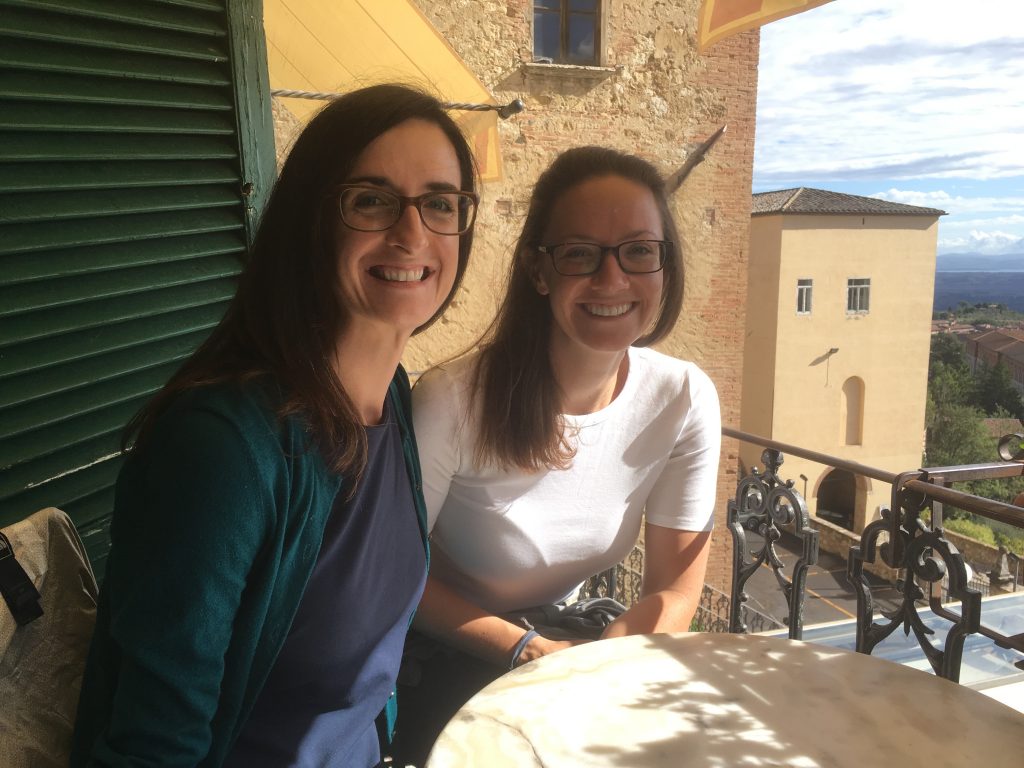Highlighting Women in Geobiology at MIT: Dr. Katherine French

Story Caption: Dr. French with Dr. Emily Matys, another graduate of the Summons Lab.
Current Role: I am currently a research geochemist in the Central Energy Resource Science Center at the USGS in Denver, CO. I apply molecular and isotopic geochemistry to petroleum system research.
Years in the Summons Lab:I was a Ph.D. student in the Summons Lab from 2010 to 2014.
Favorite Memories: I have many good memories from my time in the Summons Lab, so it is impossible to pick one. Some of these memories include getting to do field work in Western Australia, where I also happened to learn how to drive stick shift from Roger. I remember having fun on the Autospec magnetic sector with Roger for some of my work. And, of course, I also have numerous good memories I formed with the friends I made in the Summons Lab, in the MIT EAPS department, and the MIT/WHOI joint program.
Research Foci in the Summons Lab: I used molecular biomarkers to explore the redox history of Earth, including mass extinctions, OAEs, and early photosynthesis in the Archean.
Advice to Women Pursuing STEM:Go for it and don’t be afraid to ask questions along the way! That’s how you get better at what you want to do.
Featured Publications:
French, Katherine L., Christian Hallmann, Janet M. Hope, Petra L. Schoon, J. Alex Zumberge, Yosuke Hoshino, Carl A. Peters et al. “Reappraisal of hydrocarbon biomarkers in Archean rocks.” Proceedings of the National Academy of Sciences 112, no. 19 (2015): 5915-5920.
French, Katherine L., Julio Sepulveda, João Trabucho-Alexandre, D. R. Gröcke, and Roger E. Summons. “Organic geochemistry of the early Toarcian oceanic anoxic event in Hawsker Bottoms, Yorkshire, England.” Earth and Planetary Science Letters 390 (2014): 116-127.
French, K. L., D. Rocher, J. E. Zumberge, and R. E. Summons. “Assessing the distribution of sedimentary C 40 carotenoids through time.” Geobiology 13, no. 2 (2015): 139-151.


